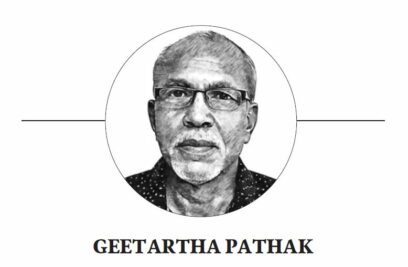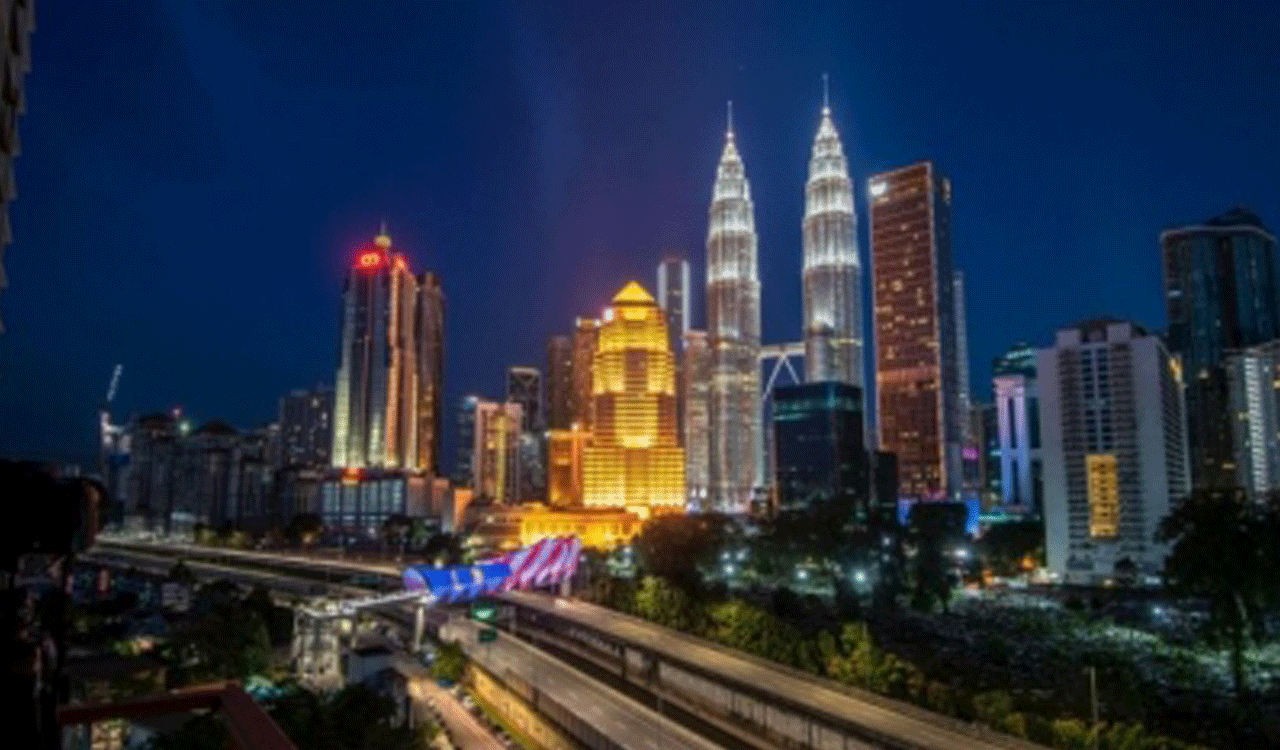Opinion: Joblessness will raise social unrest
The definition of unemployment that focuses on actively searching for a job underestimates the true picture of joblessness

By Geetartha Pathak
Although joblessness and the jobs gap have both fallen below the pre-pandemic levels, global unemployment is expected to rise in 2024, according to ILO’s World Employment and Social Outlook: Trends 2024 report. The report also says that growing inequalities and stagnant productivity are causes for concern in the near future. Growing joblessness is a major cause of social unrest which can be seen in many countries. Unemployment was one of the major reasons for students and youth uprising against 30% job reservation for descendants of Liberation war fighters, resulting in the fall of the Sheikh Hasina Wazed government in Bangladesh.
Various Reports
Unemployment is a global issue that affects nations across the world. However, India faces a peculiar problem with a vast pool of educated youth grappling with joblessness. A report published jointly by the International Labor Organization (ILO) and the Institute for Human Development (IHD), an Indian think tank, revealed that one in three young people in India was neither in education nor in employment or training. It also pointed out that higher educated young people are more likely to be unemployed than those without any schooling. The jobless rate for graduates was 29.1%, almost nine times higher than the 3.4% for those who can’t read or write, the ILO/IHD report said.
According to the latest data from the Centre for Monitoring Indian Economy (CMIE), an independent think tank, the unemployment rate in India increased to 9.2% in June from 7% in May of 2024. The unemployment rate in India averaged 8.17% from 2018 until 2024, reaching an all-time high of 23.5% in April, 2020, and a record low of 6.4% in September, 2022.
In 2014, when the BJP government came to power at the Centre, the unemployment rate was 5.44%. Now it is 9.2%. The data recently published by the government differs from the ILO, the CMIE and other non-governmental sources. India’s unemployment rate shows a marginal decline, from 6.7% to 6.6% QoQ. Data from the Periodic Labour Force Survey (PLFS), EPFO, RBI, National Career Services or NCS portal and various job-intensive schemes of the cenral government, all show a growth in jobs and a decline in the unemployment rate over the last few years.
The PLFS data of the last six years indicates an improving trend in labour participation rate and worker population ratio. The data suggests that employment has increased in the country from 46.8% in 2017-18 to 56% in 2022-23. The central government often tries to manipulate data that are embarrassing for the government. For example, prominent economists Jean Dreze and Anmol Somanchi alleged in a report that attempts had been made to estimate poverty in India with biased survey data, by adjusting household weights to remove the bias.
In 2019, the Centre held unemployment data prepared by its own wing as the one that showed high growth of unemployment rate for months and denied a ‘Business Standard’ report on it. In May that year when the government published the statistics, it confirmed what the newspaper had claimed in February that year. The ‘Business Standard’ published the report showing that India’s unemployment rate stood at 6.1% in 2017-18, the highest unemployment percentage for the country in the last 45 years.
Unemployment, Joblessness
Unemployment, however, does not measure joblessness. The ILO defines unemployment as being out of a job; being available to take a job; and actively engaged in searching for work. Therefore, an individual who has lost work but does not look for another job is not unemployed. The labour force is defined as the sum of the employed and the unemployed. Those neither employed nor unemployed — such as students and those engaged in unpaid domestic work — are considered out of the labour force. The unemployment rate is measured as the ratio of the unemployed to the labour force. The unemployment rate could also fall if an economy is not generating enough jobs, or if people decide not to search for work.
The BJP government promised to create 20 million jobs during its campaign for the 2014 general elections. The growing unemployment rate indicates not enough jobs have been created to make a significant difference. Government initiatives such as the Production Linked Incentive (PLI) scheme to build an eco-system for manufacturing of high efficiency solar PV modules and Make in India, The Pradhan Mantri Rojgar Protsahan Yojana and push in other sector like hospitality and tourism, FMCG, healthcare & pharmaceuticals, renewables, automobile companies with an electric vehicle presence, oil & energy, and infrastructure-related sectors such as steel, engineering and chemicals to generate new jobs and encourage employers to support more employment have generated much hope among the youth.
However, all these widely published initiatives have not translated into reality, much to the frustration of jobseekers. Even the Skill India campaign, which sought to equip individuals with the skills needed to enhance their employability has been reduced to a procedural caricature. Employment is much easier to measure than unemployment. Measuring unemployment involves subtle distinctions between individuals who are in the labour force and those who are not: those counted as unemployed must say they are actively looking for a job; nevertheless, in high-unemployment countries like India, in particular, the so-called discouraged workers stop looking for work and remain uncounted. Most of the women, particularly in rural areas, are not counted among the unemployed because they are not actively looking for work for social constraints. Such a definition of unemployment that focuses on actively searching for a job may underestimate the true picture of joblessness. Therefore, the actual unemployment rate in India is higher than the enumerated rate as many unemployed persons stop seeking jobs out of frustration.
Policy Measures
According to the India Employment Report 2024, India’s working population increased from 61% in 2011 to 64% in 2021, and it is projected to reach 65% in 2036. However, the percentage of youth involved in economic activities declined to 37% in 2022.
The statistics of labour demand and employment rates call for considerate policy measures to address the prevailing economic challenges and ensure sustainable growth in rural and urban areas. Observers of Indian economy point at several factors that impacted the unemployment rate in the country such as global financial slowdown, demonetisation, implementation of Goods and Services Tax, the pandemic and inflation.
Commenting on the unemployment problem, Finance Commission Chairman Arvind Panagariya said that while there is sufficient capital in the market, it is concentrated in sectors that are not labour-intensive. He emphasised the need to redirect capital to sectors that can generate more jobs per unit of investment. While Panagariya’s observation on the problem is partly true, availability of enough capital to deal with the unemployment problem is exaggerated.
On the other hand, industrialists closed to the government are not investing in labour-intensive sectors. Setting up semiconductor industries in India may boost the economy but it cannot be a labour-intensive industry as AI-based semiconductor itself will augment automation in many sectors. Therefore, a balance has to be made while setting up industries for big businesses in the country and opening up new jobs for the unemployed.

(The author is a senior journalist from Assam)
Related News
-
KTR condemns Congress attack on BRS candidate in Kamareddy, warns of serious consequences
4 mins ago -
Hyderabad scientist wins IEI Young Engineer award 2025
9 mins ago -
Losing candidate attempts to assault winner’s husband in Asifabad
16 mins ago -
Ancient idol of Durga Devi found in Mancherial
19 mins ago -
Telangana: One killed, four injured in industrial blast at steel unit in Medak
19 mins ago -
Maharashtra: Rapido rider held for molestation, theft from woman passenge
26 mins ago -
PG students allege harassment by mess-in-charge at Women’s University hostel
34 mins ago -
BRS holds ground in second phase of Khammam gram panchayat polls
37 mins ago




